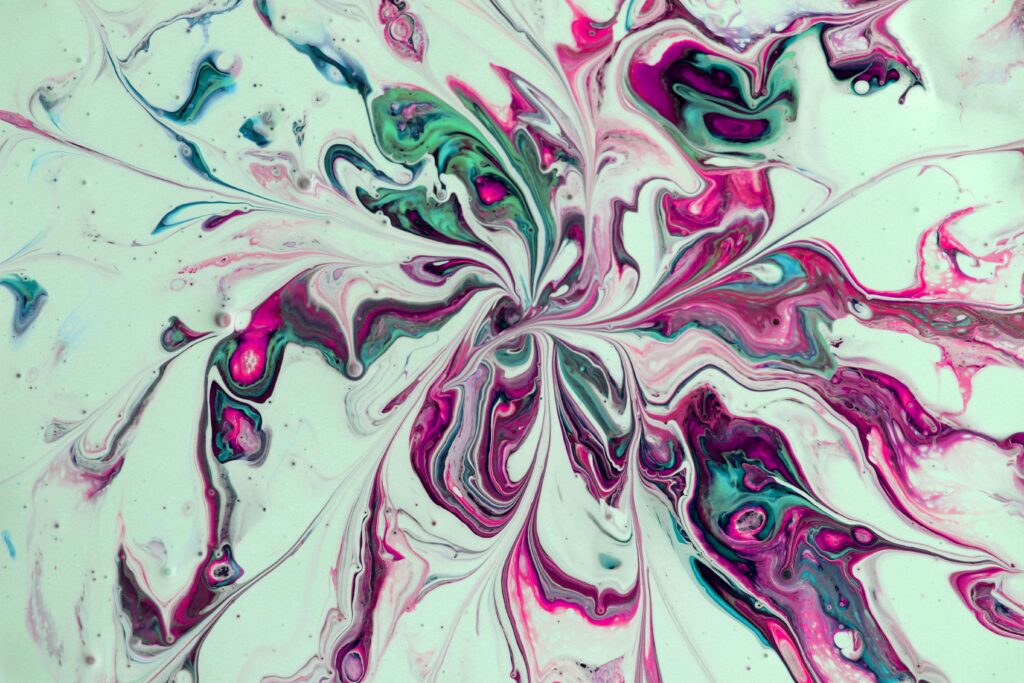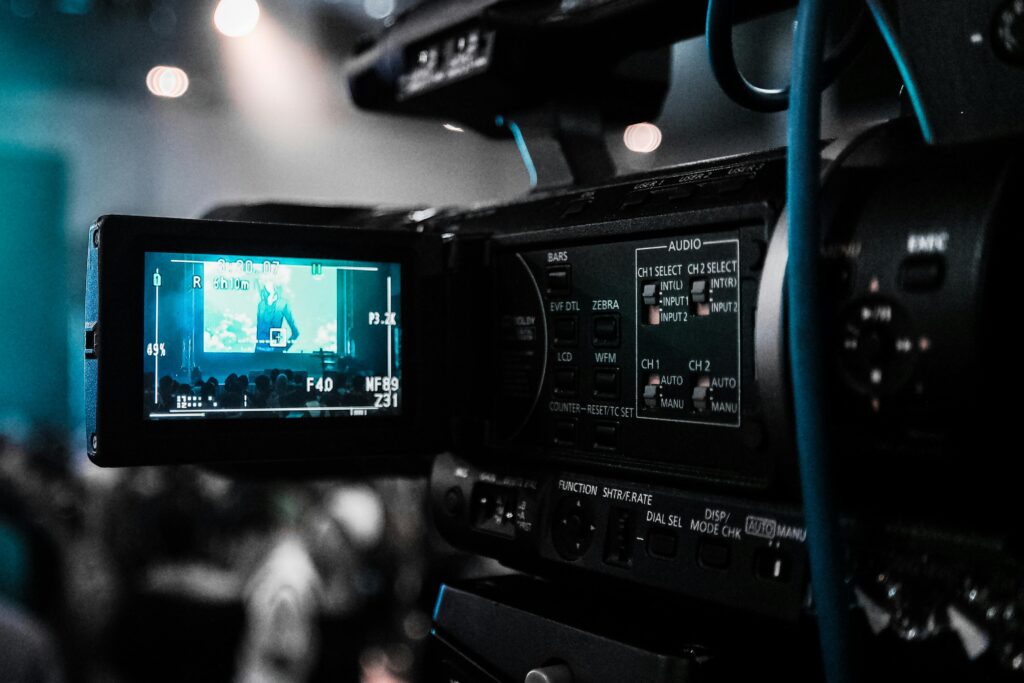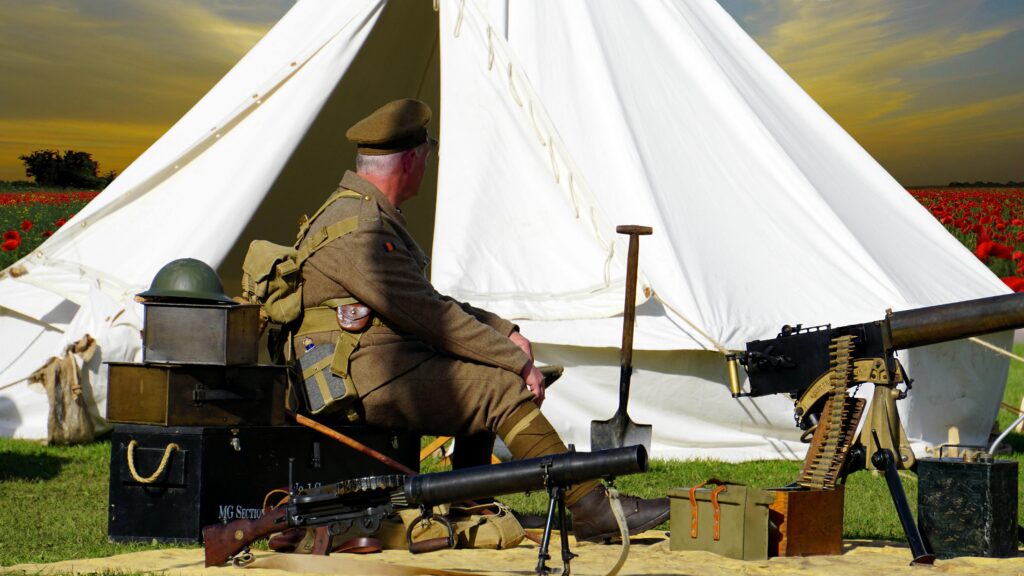Texture is a fundamental element in art that adds depth, dimension, and tactile interest to visual compositions. By mastering various texturing techniques, artists can evoke emotions, create focal points, and bring their artworks to life. This comprehensive guide explores the essence of texturing art, delves into diverse techniques, and provides practical insights for artists aiming to enhance their craft.
Understanding Texture in Art
In art, texture refers to the perceived surface quality of a work. It can be tactile, involving the physical feel of the artwork, or visual, creating the illusion of texture through artistic techniques. Incorporating texture enriches the visual experience, making artworks more engaging and dynamic.
Types of Texture in Art
Tactile Texture
Tactile texture, also known as actual texture, involves the physical surface variations of an artwork. Artists achieve this by manipulating materials to create palpable textures that viewers can feel. Techniques such as impasto, where paint is applied thickly, and collage, which involves assembling different materials, are common methods to introduce tactile texture.
Visual Texture
Visual texture, or implied texture, is the illusion of texture created through artistic techniques. Artists use shading, line work, and color variations to suggest texture without altering the actual surface. This approach is prevalent in two-dimensional art forms like painting and drawing.
Common Texturing Techniques
Impasto
Impasto is a technique where paint is applied thickly onto the canvas, creating a three-dimensional surface. This method adds depth and allows light to interact with the paint, enhancing the visual impact. Artists like Vincent van Gogh famously utilized impasto to convey emotion and movement in their works.
Sgraffito
Sgraffito involves scratching through a surface layer to reveal underlying layers, creating contrast and texture. This technique is often used in ceramics and painting to add intricate designs and depth. By layering different colors and scratching through the top layer, artists can achieve complex patterns and textures.
Dry Brushing
Dry brushing is a method where a dry brush with minimal paint is lightly dragged across the surface, creating a scratchy, textured effect. This technique is effective for depicting textures like rough wood, grass, or aged surfaces. It allows for subtle variations and can add a sense of realism to the artwork.
Collage
Collage involves assembling various materials such as paper, fabric, or found objects onto a surface to create texture and depth. This technique allows artists to experiment with different materials and add a tactile quality to their work. Collage can be used to create abstract compositions or to add layers of meaning through the inclusion of different elements.
Palette Knife Application
Using a palette knife to apply paint can create bold, textured strokes. This technique is particularly useful for creating impasto effects and adding dynamic movement to a painting. The palette knife allows for thick applications of paint and can be used to create sharp edges and defined shapes.
Materials and Tools for Texturing
Selecting the right materials and tools is crucial for achieving desired textures. Common materials include heavy-bodied acrylics, modeling paste, and gel mediums, which can be manipulated to create various textures. Tools such as palette knives, brushes of different stiffness, sponges, and even unconventional items like combs or fabric can be used to apply and manipulate these materials.
Applications of Texturing in Different Art Forms
Painting
In painting, texture can be used to add depth and interest to the composition. Techniques like impasto and dry brushing can create a sense of movement and emotion. Texture can also be used to differentiate elements within the painting, guiding the viewer’s eye and adding emphasis to certain areas.
Sculpture
Sculptors often manipulate materials to create tactile textures that enhance the form and realism of their works. Techniques such as carving, casting, and assembling different materials can be used to create a variety of textures. Texture in sculpture can evoke different sensations and add to the overall impact of the piece.
Mixed Media
Mixed media art combines various materials and techniques to create complex textures. Artists may use collage, assemblage, and layering of different media to achieve unique textural effects. This approach allows for a high degree of experimentation and can result in innovative and engaging artworks.
Practical Tips for Incorporating Texture
- Plan Ahead: Consider the role of texture in your composition during the planning stage to ensure it enhances the overall design.
- Experiment: Don’t be afraid to try different materials and techniques to discover unique textures.
- Layering: Build up textures gradually, allowing each layer to dry before adding the next to prevent muddiness.
- Contrast: Use contrasting textures to create visual interest and draw attention to focal points.
- Balance: Ensure that the use of texture complements the composition without overwhelming it.
Common Questions About Texturing Art
Can I create textured art without specialized tools?
Absolutely! Everyday items like plastic forks, knives, or even household sponges can be used to experiment with textures without significant investment. These tools can create unique patterns and effects, allowing for creative exploration.
How can I ensure the durability of textured art pieces over time?
Using archival-quality materials and finishing with a protective varnish can enhance the longevity of textured artworks. Archival materials are designed to resist fading and deterioration, ensuring that the artwork remains vibrant over time.
Is it possible to combine different texturing techniques in a single artwork?
Yes, combining various texturing techniques can add complexity and depth to your artwork. Experimenting with different methods allows for the creation of unique and engaging pieces. For example, an artist might use impasto for bold areas and dry brushing for subtle details within the same painting.
What are some challenges in texturing art, and how can they be addressed?
Common challenges include achieving the desired texture without compromising the composition and ensuring the texture adheres properly to the surface. To address these, plan your texture application carefully, test materials beforehand, and ensure each layer is adequately dry before proceeding.
How does texture influence the emotional impact of an artwork?
Texture can evoke various emotions by influencing the visual and tactile experience of the viewer. Rough textures might convey tension or chaos, while smooth textures can impart calmness and serenity. The choice of texture should align with the intended emotional expression of the piece.
Conclusion
Mastering texturing art opens a realm of possibilities for artists to enhance their visual narratives. By understanding and applying various texturing techniques, artists can add depth, emotion, and interest to their works, creating compelling and enduring art pieces. Continuous experimentation and practice are key to discovering unique textural expressions that resonate with both the artist and the audience.


